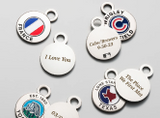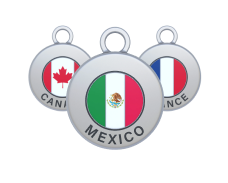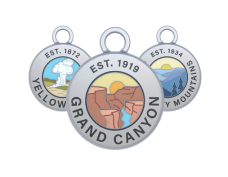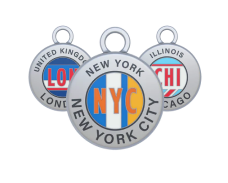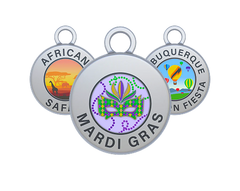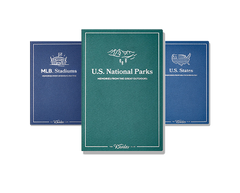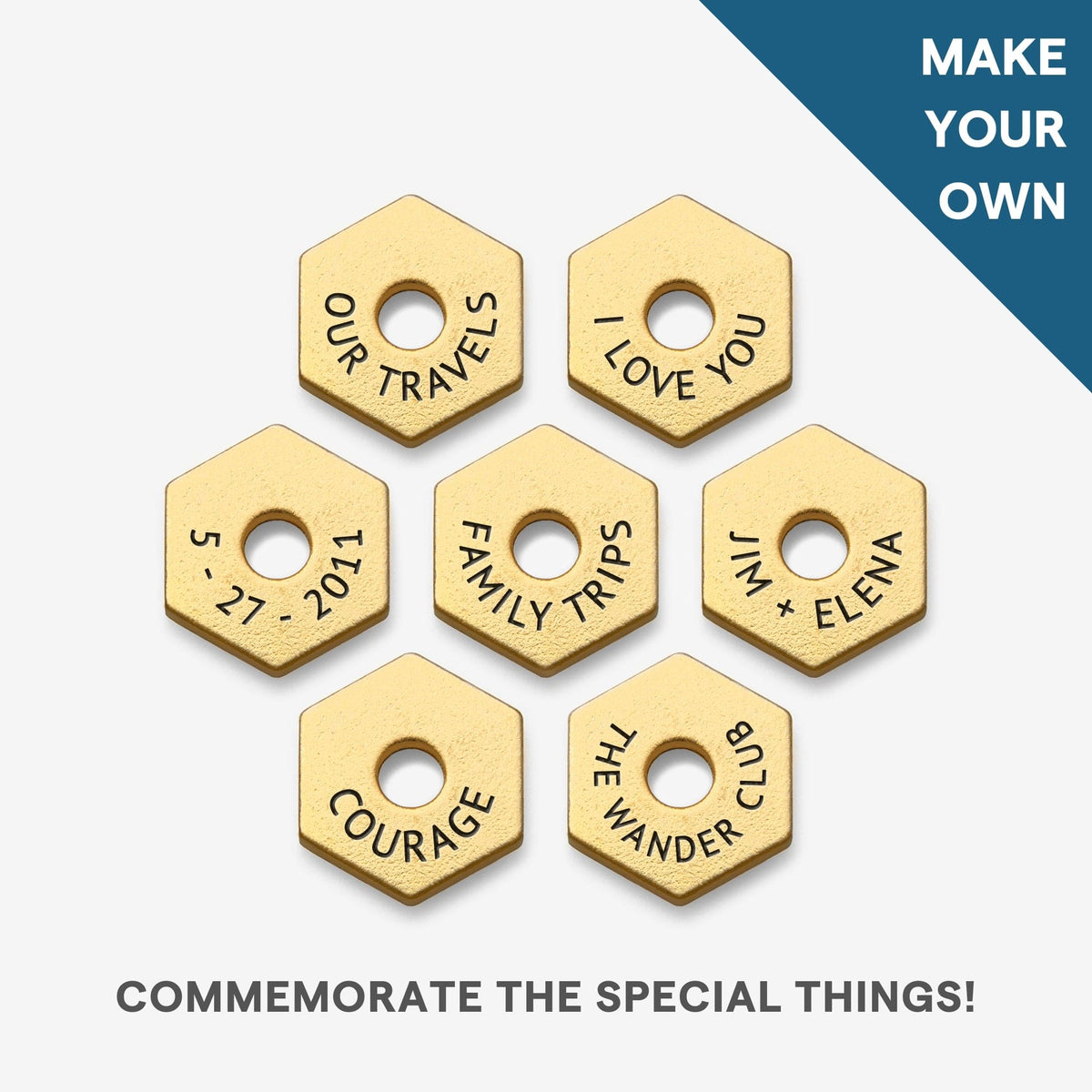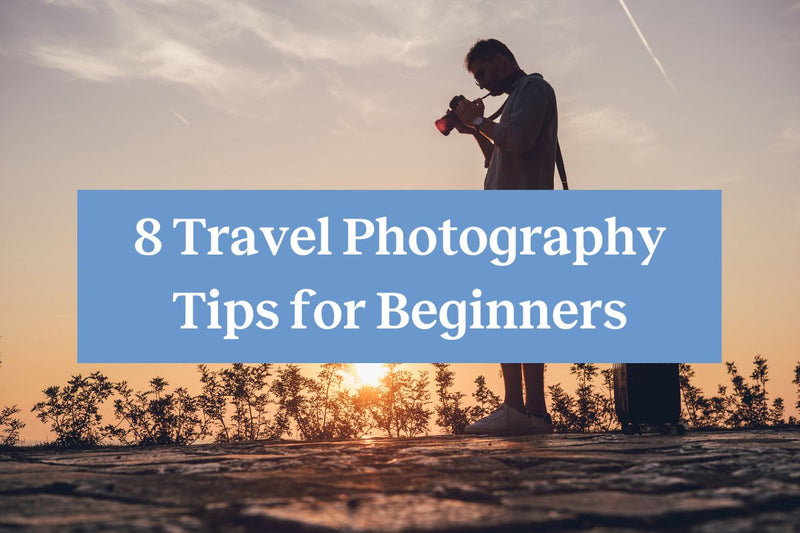
Si viajas con frecuencia, uno de los mejores y más importantes accesorios de viaje es una buena cámara. Y sí, "cámara" puede significar un teléfono celular de primera calidad si eso es lo que prefieres. ¡Es increíble lo buenos que se han vuelto!
En cualquier caso, más importante que la cámara en sí es saber cómo utilizarla. No solo apuntar y disparar, sino también consejos de fotografía de viajes para principiantes, como por ejemplo cómo encuadrar las fotos, cómo aprovechar la iluminación y cómo trabajar con velocidades de obturación y niveles de exposición.
Estos factores hacen una gran diferencia en la calidad de tus fotos. Cuando hablamos de fotos de viajes específicamente, la mayoría de las veces solo tienes una "oportunidad" de tomar la foto, ¡así que quieres que sea perfecta! Lo último que quieres es estar parado en uno de los destinos de tu lista de deseos , buscando a tientas tu cámara.
Por eso hemos elaborado esta lista de consejos de fotografía de viajes para principiantes. Queremos ayudarte a tomar fotos increíbles que te proporcionarán recuerdos duraderos de tus viajes. ¡Vamos a ello!

1. Conozca su cámara
Uno de los consejos más importantes para principiantes en fotografía de viajes es aprender cómo funciona la cámara antes de usarla. Volviendo al punto anterior, no pierdas el tiempo mientras estás de viaje jugando con configuraciones de cámara desconocidas.
Incluso si usas tu teléfono celular, dedica tiempo a explorar las distintas configuraciones y modos de disparo, para familiarizarte con lo que cada uno hace. Las cámaras (¡incluso las de los teléfonos celulares!) pueden ser confusas al principio; no te compliques las cosas teniendo que aprender todo sobre la marcha.
Es importante saber cómo hacer los ajustes necesarios para tomar la foto que tienes en mente. Las condiciones nunca son realmente perfectas, por lo que tendrás que hacer pequeños ajustes en casi todas las situaciones. ¡ Aprenda a hacerlo de antemano! Aprender el triángulo de exposición también te ayudará mucho a mejorar tus fotos de viaje.
2. Practica antes de jugar
Este consejo de fotografía de viajes se basa en el aprendizaje del uso de la cámara, pero mejorará tus habilidades incluso antes de empezar. Sabemos que estás ansioso por salir y comenzar a capturar tus viajes, pero una de las mejores cosas que puedes hacer es practicar en casa.
Tómate un tiempo y juega a ser turista en tu ciudad natal . Empieza a tomar fotografías de prácticamente cualquier cosa, intentando simular lo que quieres hacer mientras viajas. Si puedes hacerlo cómodamente en casa, ¡puedes hacerlo mientras estás de viaje!

3. Planifique con anticipación
Es una buena idea buscar fotografías de los lugares que visitarás. Si bien, por supuesto, deseas desarrollar tu propio estilo, ver lo que otros fotógrafos han tomado en el mismo lugar puede ayudarte a obtener ideas e inspiración para tus fotografías. ¡Esto es algo que hacen incluso los profesionales experimentados!
No es necesario que copies las fotos que encuentres al pie de la letra, pero es posible que encuentres nuevas perspectivas o ideas que no se te habían ocurrido antes. Otro beneficio de investigar las oportunidades fotográficas con anticipación es que ahorras tiempo; especialmente si nunca has estado en un destino, ¡se necesita mucho tiempo para buscar las fotos perfectas!
4. Cuenta una historia
Todos tenemos historias de nuestros viajes (¡ese es en gran medida el sentido de viajar!) que podemos contar verbalmente, pero intenta contar una historia con tus fotos. Encontrar una manera de comunicar lo que está sucediendo a través de una foto es algo poderoso, pero puede ser difícil de dominar.
Todo empieza por la forma en que piensas en la foto. ¿Qué quieres transmitir sobre ese momento, lugar o acontecimiento en particular? Si alguien mirara la foto años después, ¿qué te gustaría que se llevara de ella?
Intenta incorporar más que solo el edificio o la montaña. Observa a las personas, los animales y, literalmente, todo lo que lo rodea. ¿Hace viento, hay dientes de león flotando o ramas meciéndose con el viento? Cada aspecto de tu entorno es parte de la historia, así que intenta capturarlo.
5. No te quedes quieto
Uno de los errores más fáciles de cometer como fotógrafo nuevo es tomar la foto "perfecta" y luego darse cuenta más tarde de que estaba un poco descentrado, perdió una mejor perspectiva o no capturó la escena completa.
No tengas miedo de moverte y contemplar toda la escena. Camina, agáchate (¡claro, acuéstate si es necesario!), súbete a objetos más altos, trepa a un árbol, haz lo que sea necesario para obtener diferentes perspectivas del sujeto.
Intente planificar algunas tomas diferentes para aprovechar al máximo la escena y luego muévase constantemente dentro de esos parámetros.
Además, asegúrate de no mirar únicamente al sujeto. Puede haber una roca, un árbol u otra cosa genial que le dé mucho carácter a tu foto. Y recuerda que, a veces, las mejores fotos son las espontáneas, en las que el sujeto ni siquiera es necesariamente el punto focal.

6. Evite la iluminación intensa
Esto puede resultar difícil, especialmente cuando se viaja, pero el mejor momento para tomar fotografías es, por lo general, cuando la luz natural es suave. La "hora dorada" o los días nublados brindan condiciones más fáciles y fotogénicas para trabajar, y no es nada raro que los fotógrafos basen todos sus itinerarios en esos períodos de tiempo.
Aunque esté muy soleado o demasiado oscuro, vale la pena intentarlo. Nunca se sabe lo que se puede capturar y, como mínimo, es una gran oportunidad para aprender algunos consejos de edición.
7. Aprenda el posprocesamiento
El posprocesamiento consiste en editar las fotografías después de tomarlas. Básicamente, todas las fotografías excelentes que ves han sido procesadas y muchos fotógrafos veteranos dicen que editarlas es tan importante o más que el tipo de cámara y equipo que utilizas.
¡Existen muchas opciones pagas y gratuitas disponibles para procesar tus fotos, incluidas varias aplicaciones móviles que puedes usar en tu teléfono!
Editar tus fotos no significa que estés "falsificando" la foto de ninguna manera; es solo una herramienta (¡una de muchas!) para ayudarte a mejorar la foto que tomaste. Si bien se necesita algo de práctica para entrenar tu vista para acostumbrarte, disparar en formato RAW brinda la mayor flexibilidad para editar más adelante.
Cuando disparas en JPEG, tu cámara procesa automáticamente la imagen con lo que considera que son los mejores ajustes, por lo que tienes mucho menos control manual.
8. No olvides mirar a tu alrededor
Uno de los consejos de fotografía de viajes más importantes para principiantes puede sonar gracioso al principio: dejar la cámara a un lado de vez en cuando.
Viajar es una experiencia increíble que puede abrirte los ojos a partes del mundo que nunca habías imaginado conocer. Asegúrate de tomarte un tiempo para apreciarlo y no regreses a casa con la única experiencia de esos momentos vivida a través de la lente de una cámara. Si haces que viajar sea solo cuestión de tomar fotografías para mostrarle al mundo lo que experimentaste, es posible que te pierdas las mejores partes de esas experiencias.
Disfrutar de la experiencia completa y tomar algunas fotografías cuando sea posible mejorará tus habilidades fotográficas con el tiempo, lo que te ayudará a aprender sobre la perspectiva y a tener paciencia para esperar la toma correcta. Es fácil dejarse llevar por la fotografía, pero como ocurre con todas las cosas de la vida, solo tienes que encontrar el equilibrio perfecto.
 A medida que aprenda y perfeccione algunos de estos consejos de fotografía de viajes para principiantes, considere documentar su progreso de otra manera, más allá de las fotos en sí.
A medida que aprenda y perfeccione algunos de estos consejos de fotografía de viajes para principiantes, considere documentar su progreso de otra manera, más allá de las fotos en sí.
¡Una Wanderchain de The Wander Club combinada con algunas fichas de viaje de la tienda es una excelente manera de lograrlo! Hay infinidad de formas de personalizarlas, pero una idea podría ser recolectar fichas de todos los lugares en los que tomaste esas fotos épicas, ya sean países, lugares emblemáticos o cualquier otra cosa.
¡Diviértete, mantente a salvo y buena suerte!
